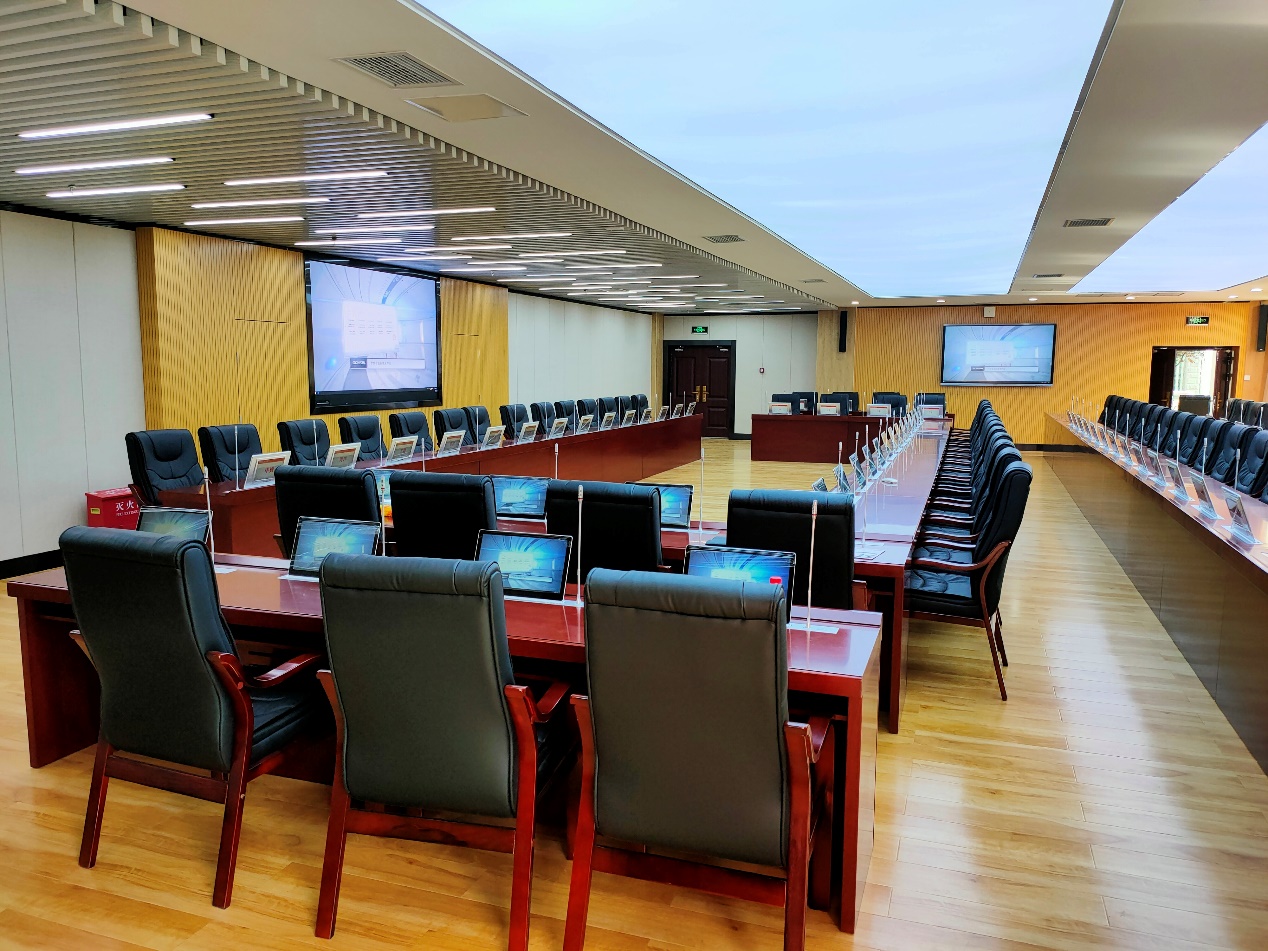Resources
Products
In recent years, with video accounting for over 80% of internet traffic, video conference system has shown a rapid growth trend. This technology not only saves time effectively but also ensures participation, achieving a win-win situation for all parties involved. In this article, we will briefly introduce the basic concepts, usage scenarios, and setup process of video conference system.
Video conference system, also known as video conference, are a form of meeting where individuals or groups in different locations can have face-to-face conversations through communication devices and networks. Depending on the usage scenario, they can be classified into broadcast and multi-user interactive types. Broadcast is typically used for large-scale sharing or company-wide meetings, while multi-user interactive is common for internal team discussions.
From a technical perspective, video conference and video calling share similar underlying technologies, including steps like capturing, encoding, transmitting, decoding, and rendering playback. This involves technologies such as filtering, encoding, and transmission adjustments on the acquisition end, codec adjustments on the transmission end, and audio-video post-processing on the decoding and playback end.

SaaS (Software as a Service)
Eliminates the cost of team development, making it the best choice for teams testing the waters. However, it is "restricted by others" in terms of data and security. Using public cloud means the security of data cannot be guaranteed.
Private Deployment
One way to set up a video conference system is through private deployment. This means using proprietary servers to ensure data security. By using open-source server code, client network module code, and free SDK, companies can quickly develop on their own servers, saving time and effort.
Regardless of the chosen solution, setting up a video conference system requires solving a series of technical challenges, such as latency, buffering, and packet loss in real-time communication. When choosing a suitable system, stability and security should be considered.
The quality of video conference depends mainly on two key factors: stability and security.
Stability
The stability of video conference is closely related to network packet loss. Reasons such as cross-border, cross-carrier transmission, and poor router quality can lead to network packet loss. To ensure reliable control signaling and low latency for audio-video transmission, UDP protocol is used for transmitting audio-video data, TCP protocol for transmitting control signaling. By combining UDP and TCP protocols, the product can ensure smooth video playback even with a packet loss rate of 30%.
Security
When it comes to video conference, security becomes a crucial factor. Private deployment is a solution where companies can purchase servers and clouds to upload data to a private cloud, ensuring data security. Additionally, video conference systems that support private deployment can design dedicated ports to further enhance data security.
In conclusion, video conference system has become one of the main ways of modern meetings. Whether it's compiling video transmission protocols for stability or deploying private solutions for security, it requires professional individuals with technical expertise to provide support.
Gonsin is here to offer you the customized solutions for conference audio and video system.